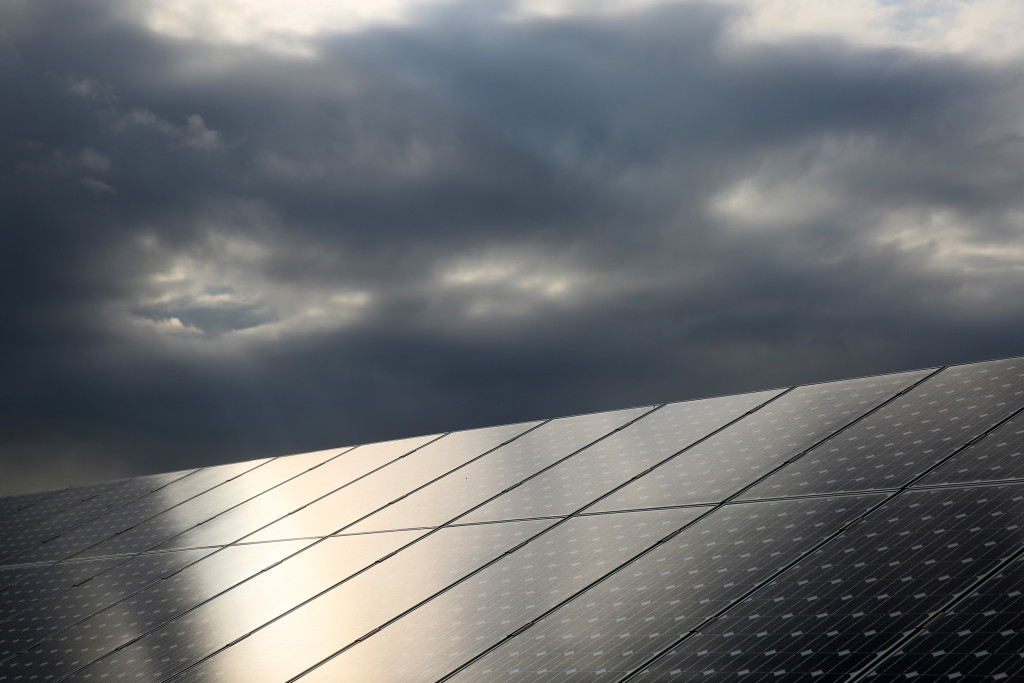January 07, 2016
Common Community Solar Question- What if my panels don’t produce energy?
Common Community Solar Questions- What if my solar panels don’t produce energy, or enough energy?
The easy answer to this question is that you won’t be charged, and you won’t experience any kind of interruption in your electricity either.
Since the bill from SunShare is based solely on the energy production in the solar gardens, if the garden doesn’t produce energy, you don’t get charged by us. The other component to this question that we also want to address is that in the unlikely event that your garden or panels, don’t produce energy or don’t produce enough energy, there will be no impact at all on the flow of electricity into your home. So, if the panels don’t produce energy, you will not charged by us for the subscription, nor will you experience an impact on the flow of electricity into your home. You will continue to receive electricity from your utilities provider. But we want to address this because this is not a common occurrence, but a very valid and common question we get when you are considering community solar.
There can be a slight potential to damage to the panels via the weather or some other natural event. But again, in these rare instances where the panels are damaged, you will not be charged if the panels and garden are not producing energy, and you will continue to receive electricity. You will also experience cloudy days on occasion, and there might be some concern especially if you experience long stretches of blocked or diluted sunlight.

As much as we would like to see the sun out each and every day to maximize your garden potential and the credits you receive back from your utilities provider, even in places like the desert southwest, the sun is not out 365 days per year. On average, Minnesota as a state for instance, sees sunshine about 58% of the potential daylight hours, and only slightly less in the winter months. But that’s only a part of the story. We all know that it is still light out during daytime hours even when clouds or fog form. This ambient light in overcast conditions still produces more than enough filtered sunlight to power solar panels. In fact, studies have shown that when temperatures are cooler, the panels are actually slightly more efficient in producing and harnessing energy.
For example, two very distinct climates in California are San Francisco and Sacramento. San Francisco residents often see cloudy, foggy, and cool days even in the summer months. Sacramento on the other hand, is mostly dry, hot, and free of cloud cover a majority of the time. Would you believe that San Francisco only produces 1% less solar energy than does Sacramento? It’s true. Much of this is due, again, to the fact that solar panels act more efficiently when it’s cooler which offsets most of the loss of complete sunshine. Solar is a viable option even in places like Portland, Oregon where it seemingly rains all the time.
So, in conclusion, if your panels aren’t producing energy, you aren’t paying us for that lost time regardless of the reason for the downtime. And you will never experience downtime in your electrical needs for your home. You are only charged for the time that your panels are generating energy. Lastly, there is no need for concern if you experience some stretches of cloudy or foggy days. These days will still produce enough solar energy, and the sunny days will more than make up for those dreary days.
Please visit our blog and follow us on our social media channels to ask questions and get updates on things happening in the solar industry and with SunShare. Have a Sun Shiny Day!
If you are interested in community solar for your home and live in Minnesota or Colorado, please contact us at info@mysunshare.com or 800.793.0786